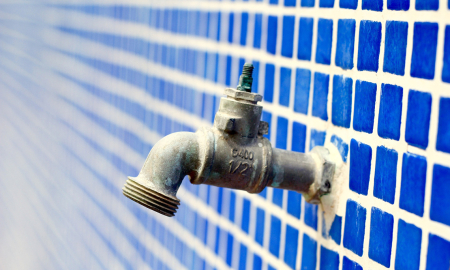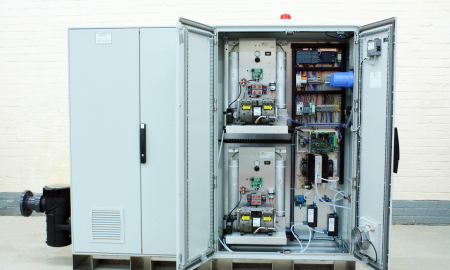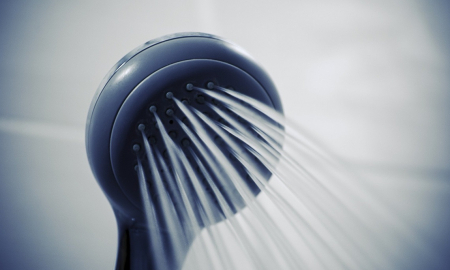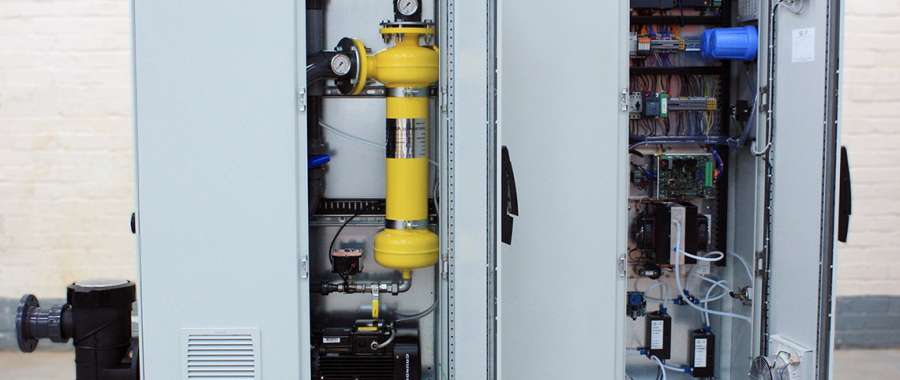Taking a Look
at EU Biocidal
Product Legislation
Navigating the health and safety legislation surrounding the use of biocides can sometimes be a daunting task, with legal jargon and heavy wording complicating an already testing subject matter.
Jon Fielder, technical director for Water Treatment Equipment, Environment & Safety, SOCOTEC, breaks through the noise to decipher what you need to know about the EU Biocidal Products Legislation.
Back to the beginning
Biocidal products are used in a wide range of areas as a means of upholding optimum health and safety by managing the risk of infection from harmful bacteria, fungus or other organisms. They can be broadly split into three groups:
- Disinfectants for water treatment, for cleaning food preparation areas and general cleaning,
- Preservatives for food and beverages,
- Pest control for agricultural use.
In 1998, to ensure a higher level of protection for human and animal health, as well as environmental protection, the Biocidal Products Directive (BPD) was introduced as Directive 98/8/EC to identify and standardise regulation covering chemical use within the European Union (EU).
This covered all materials and preparations containing one or more active substances intended to destroy, deter, render harmless, prevent the action of or otherwise control any harmful organism by chemical or biological means.
The Directive included all liquid, powder, solid or gaseous products - from typical disinfectants to herbicides, pesticides - used commercially or domestically to control bacteria, algae, insects or vermin of any kind.
Under the legislation, all such biocidal substances had to be authorised before being used, sold or supplied by any route into the EU market. This included giving away the substances for free. In addition, treated products had to contain approved active substances only. To be certified, manufacturers or importers needed to submit in-depth technical documentation on the products.
Bringing legislation up to date
While the Directive covered a wide range of active substances, this initial legislation only included finished biocidal products that are supplied in the same form in which they are intended to be used. It did not cover materials produced in-situ, such as chlorine dioxide, electrolytic chlorine, or ozone.
To address this, on 1 September 2013, the Biocidal Products Regulation (EU) 528/2012 (BPR) was introduced by the European Commission, replacing the original BPD. This new legislation defined a biocidal product as “a substance or micro-organism that has an action on or against harmful organisms.” Put simply, this means the new definition covers a wider range of active substances than before, including those produced in-situ and from ambient materials (without any precursor chemicals provided).
Consequently, ozone - a biocidal product that is manufactured electronically from air or water - became classified as an active substance in the EU for the first time. This meant that anyone wishing to market an ozone generator for a biocidal application must have their product authorised in accordance with the BPR.
Adding ozone
Ozone is a naturally occurring gas, listed and acknowledged for many years in UK and EU documentation as a hazardous gas, with detailed recommendations on its regulation and control in the work environment and as a biocide. Nevertheless, it was deemed a New Substance under the BPR.
This meant that, in order for it to be approved as an active substance under the new guidance, ozone equipment manufacturers had to produce an “active substance dossier”, and submit it by 1 September 2016. To do so, documentation must be created and verified, covering a wide range of issues, including environmental impact, toxicity data and efficacy data. Approximately one cubic metre of documentation is required to produce a complete dossier.
Once submitted, a specific application for each ozone product to be marketed within the EU needs to be made within two years of approval of the active product dossier. Originally, the deadline for submission was September 2017 but, due to the backlog in processing dossier approvals, the date has now been pushed back.
From 1 September 2018, any company supplying an ozone system to the EU market must have access to a dossier either as a partner or as a holder of a “Letter of Access” to one. This letter must be purchased from an organisation that holds a report of their own, which is a necessary part of the approvals process.
Also, from 1 September 2020, any existing product in the EU whose registration is not supported by its supplier or manufacturer will have to be withdrawn from use. It is possible that both these dates may be brought forward.
An important step
The EU Biocidal Legislation has been very effective in formalising the market and providing some regulation on many hazardous and environmentally damaging products. However, the current legislation’s preference for artificial over naturally-occurring biocidal products has meant that some very effective low-cost products have been withdrawn, leaving us open to costly artificial substitutes.
Under the legislation, one significant and effective natural active substance that has been withdrawn is barley straw, which has been long used to control algae in ponds and lakes with no human or environmental impact. As no one has registered Barley Straw as an “active substance” due to cost, it is now not approved under the BPR as a biocidal product.
Nevertheless, there are some traditional natural materials that have recently been listed under Article 95 as “active products”. Copper, for example, can be used again as a biocidal alternative to stainless steel for door handles or pipework, or even as a means of controlling slug infestations and waterborne disease like Bilharzia and Weil’s disease.
Keeping up with the times
At the forefront of innovation and as a leading provider of compliance services, SOCOTEC has invested time and money in ensuring that we remain compliant with the ever-changing updates in Biocidal Products.
SOCOTEC has submitted its dossier to the Biocide Product Regulations body and can assure our clients that every biocidal product on the SOCOTEC range is compliant within the BPR, including Ozone.
Interested in learning more about SOCOTEC's Water Treatment team?
We offer a comprehensive range of water hygiene, treatment, equipment and consultancy services.






Add new comment